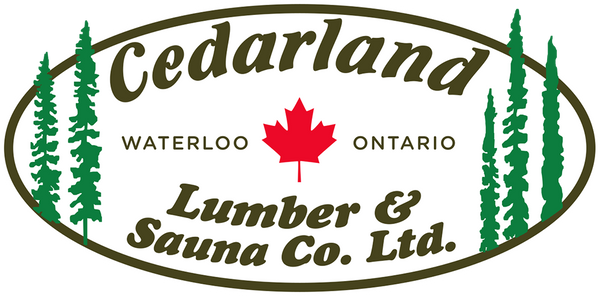About Cedar
History of Cedar
The hallmark characteristic of Western Red Cedar, its natural durability, has preserved examples of native culture for more than 100 years.
B.C.’s Pacific Coast Aboriginal People
Western Red Cedar, a wood with roots of use that date back centuries to the Native Americans who first named it the “Tree of Life.”
First Uses of Cedar Bark and Logs
Along B.C.’s Pacific Coast, aboriginal people have used cedar bark to make rope, clothing and baskets for thousands of years. The logs are used for a variety of purposes, including canoes, totem poles, masks and long houses. Native Americans would also remove large slabs of outer bark from living trees for roofing materials or cut a rectangular hole into a tree to test its soundness before cutting it for a canoe or totem pole.
Working Together to Preserve Heritage
Trees that have been scarred due to a First Nation’s cultural activity are known as culturally modified trees. Those trees with modifications that pre-date 1846 are considered archeological sites and are protected under the Heritage Conservation Act. Forest companies frequently take steps to help First Nations obtain cedar logs or other species from their harvest for traditional or cultural uses.
Features of Cedar
Dimensional Stability
Western Red Cedar has twice the stability of most commonly available softwoods. The stability is a result of its low density and shrinkage factors. It lies flat, stays straight, and holds fastenings tightly.
Workability
Western Red Cedar produces long, lightweight lengths of timber with a fine, straight grain and uniform texture that make it easy to cut, saw and nail with common tools. These features also contribute to its ability to be planed to a smooth surface or machined to any pattern. The lack of pitch and resin allows Western Red Cedar to hold glue bonds from a wide range of adhesives and provide a firm base for many types of paints and stains.
Natural Preservative
Western Red Cedar is one of the world’s most durable woods. Natural resistance to moisture, decay and insect damage has long made Western Red Cedar the premier choice for either interior or exterior home use. Cedar fibers in the heartwood contain natural preservatives that are toxic to decay-causing fungi. The two principal extractives that are responsible for the decay resistance are Thujaplicans and water-soluble phenolics. The tree’s ability to produce these extractives increases with age, making the outer regions of heartwood the most durable.
Flame Spread and Smoke Development Ratings
Western Red Cedar has flame spread and smoke development classifications that are superior to the minimums set by most building codes, which permit the use of cedar heartwood without preservative treatments.
All-Weather
Western Red Cedar is one of the few wood species that are naturally at home in the outdoors. Properly finished, Western Red Cedar will last for decades, even in harsh environments. Its natural resistance to moisture, decay and insect damage make it the ideal choice for a surface that is exposed to sun, rain, heat and cold all year round.
